U.S. MINTS – A BRIEF HISTORY
Carson City Mint, 1870 – 1893
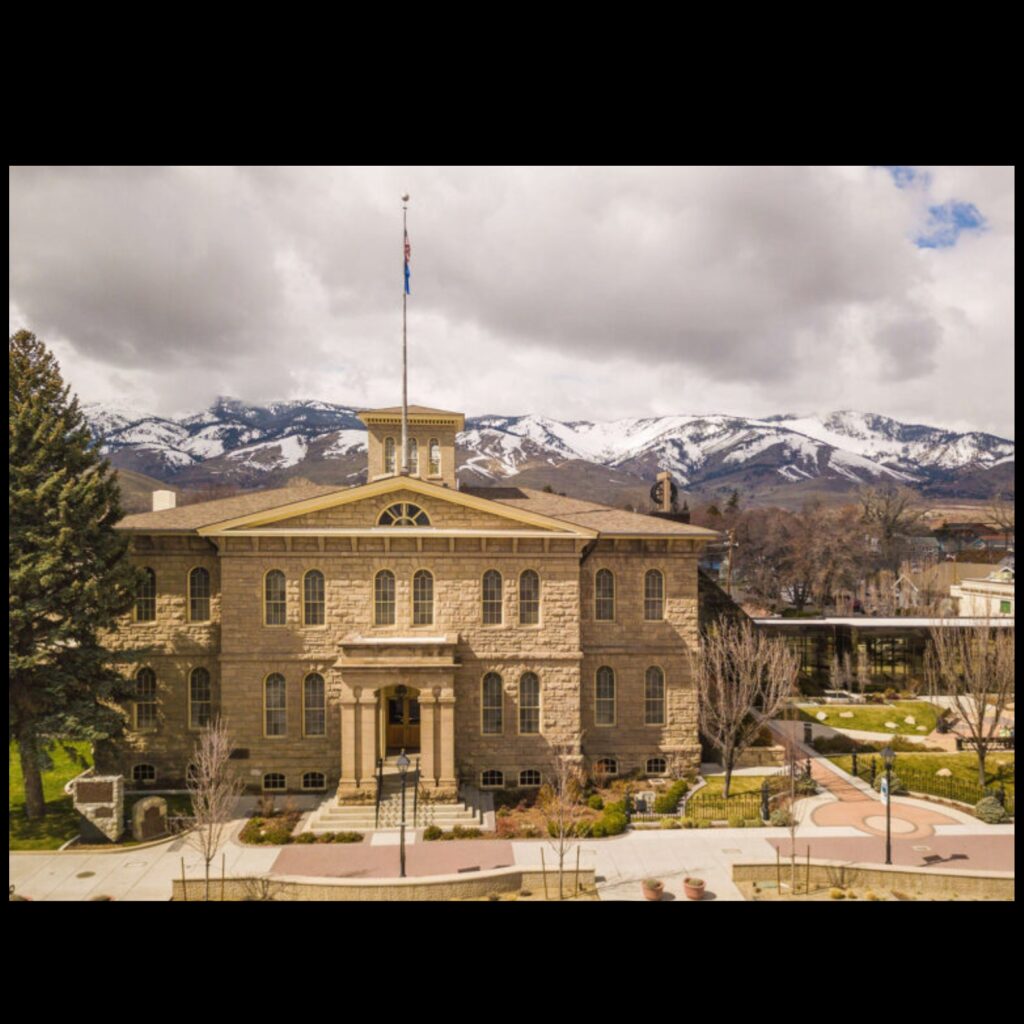
The Carson City mint opened in 1869 and minted its first coins on February 10, 1870. Following discoveries of vast deposits of silver, gold and quartz in the Utah Territory, this area became a logical place to locate another mint. The Nevada Territory was carved out of the western reaches of the Utah Territory in 1861, and on January 26, 1863, House Bill No 663 of Congress called for the establishment of a new mint. The total amount of ore surpassed what the San Francisco mint could keep up with, further supporting the need for a new mint branch.
The formation of this mint aided in the expansion of the mining industry in the area and grew rapidly over the coming years. In the beginning Carson City minted gold in the larger $5, $10, and $20 denominations, spanning from 1870 to 1885. From 1879 on, the only silver coins struck here were the Morgan Silver Dollars. Eventually, the coins could be produced more efficiently and at a lower cost at the new San Francisco mint which opened in 1874, leading to the Carson City mint to be used in its later years for refining, assaying, and storage.
The limited productivity, and higher cost of manufacturing led to a fairly short overall life span of the Carson City facility. The mint was deemed the least necessary location and eventually led to the discontinuation of minting in 1893. By 1900 it was clear that no more coins would be minted at the facility, and all the dies and the equipment were shipped to Philadelphia. By 1907, only serving as an assay office, it employed only seven men. In 1911 the remaining quantities of bagged silver dollars were shipped to the Treasury Department in Washington for storage. Due to the much lower mintage totals, and the abbreviated time frame, Carson City coins, which bear the mintmark “CC”, have become some of the most highly sought after coins in existence, from a numismatic perspective. The quality of the coins minted here generally surpasses that of any other mint, being better struck, as well as having finer detail, the silver dollars in particular. In 1942 the building became the Nevada State Museum and is a prime attraction today.
Charlotte Mint, 1838 – 1861
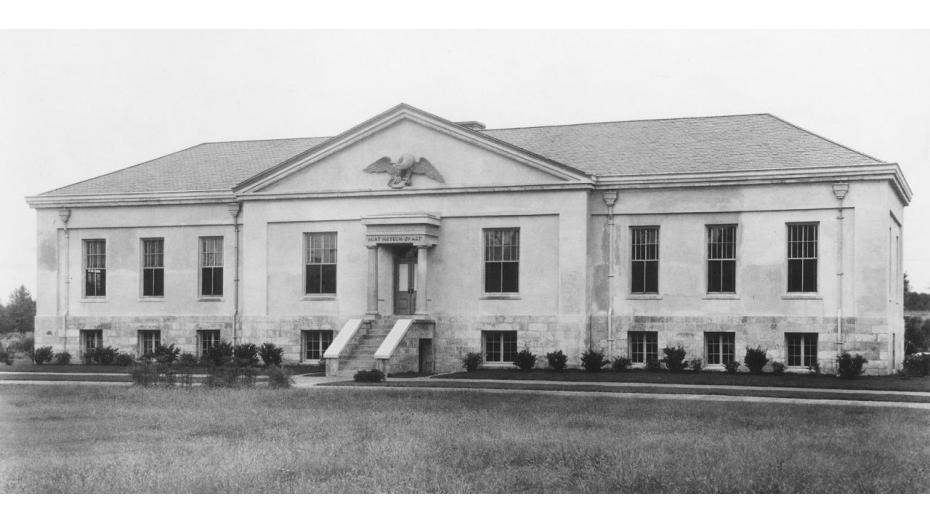
The Charlotte Mint began production of coinage on March 28, 1838, with the first cornerstones laid on January 8, 1836, the 21st anniversary of General Andrew Jackson’s victory over the British in the Battle of New Orleans. Tales have been passed down over the years regarding the discovery of gold in the region, namely Little Meadow Creek, when a young lad named Conrad Reed found a 17 pound “glittering stone” and brought it home, where it was used as a doorstop. In 1804 regular shipments of gold began making their way from the North Carolina region to the Philadelphia Mint. The Act of March 3, 1835, called for the establishment of the Charlotte branch, as well as one in New Orleans and Dahlonega, Georgia. The Mint had its fair share of obstacles, ranging from delays in equipment, chemicals and minerals, waning amounts of gold shipments since the beginning years, to rumors of their coins not being of the correct purity and weight, and infighting amongst the executives of the facility. The rumors were later dispelled following sufficient testing. On July 26, 1844, the building burned down, with only minimal salvageable remnants remaining. The cause of the fire was never determined, amid wild speculations. Calls to abolish the Charlotte and Dahlonega Mints were already being made in Congress, however, the approval of the rebuilding of the mint was granted by the Act of March 3, 1845. Coinage resumed in October 1846, so accordingly 1845 was the only year when no mintage occurred. In the spring of 1861, the mint was taken over by Colonel Bryce, with no resistance, as the Civil War got underway. By the end of May, coinage had ceased. Under the Act of the Confederate Congress on August 24, 1861, the Confederate Assay office was opened in the Mint. After the war, on March 19, 1867, the Treasury Department established its Assay office there. The business there continued off and on until being permanently closed on June 30, 1913. It is a museum today after serving several purposes, such as a Federal Court Building, Post Office and American Red Cross. Only gold coinage was ever produced in Charlotte, and in only three denominations, the Gold Dollar, the Quarter Eagle ($2.50) and the half eagle ($5). A total of 1.2 million gold coins were produced here over the lifetime of the Mint.
Dahlonega Mint, 1838-1861
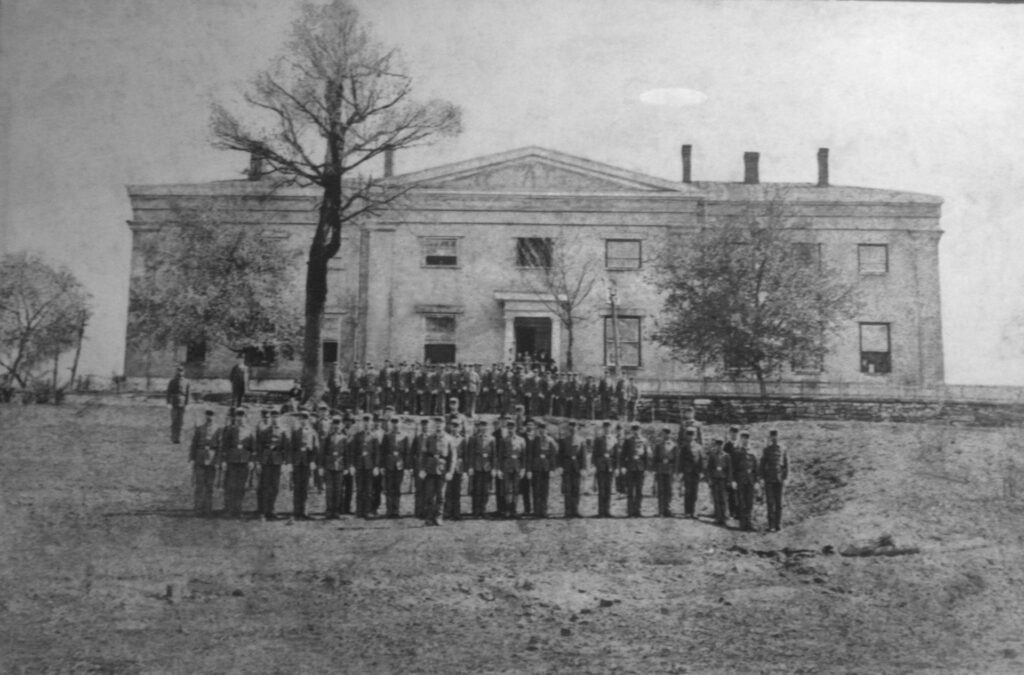
Dahlonega took its name in 1833 from the Cherokee word “Telonga”, which meant “yellow”, referring to the gold in the region. In 1804 the first deposits of native gold from North Carolina were produced at the Philadelphia Mint. Centered around present day Lumpkin County and the Chestatee River, the discovery of gold brought along with it the usual boom of settlers. Established by the Act of March 3, 1835, the Dahlonega Mint produced it’s first coinage April 21, 1838, after many delays and obstacles in getting the facility even built and operational. The Mint struck 80 half eagle gold coins on that first day of production.
On April 8, 1838, President Martin Van implemented the Indian Removal Act of 1830. The infamous “Trail of Tears” march unfolded, as native Cherokee were driven from their land in North Carolina and Georgia, killing a quarter of the total population of the people.
On January 19, 1861, Georgia seceded from the Union. Abraham Lincoln was inaugurated as President on March 4, 1861. The Confederacy assumed control of the Mint April 8, 1861. The Confederate Congress enacted, and maintained their assay office here until the first quarter of 1864. Business slowed and continued to dissipate until the Mint officially closed. Federal troops moved in and occupied the Mint thereafter and stayed until May of 1869. The facility was mainly used as a detention area. Extreme forms of military punishment were carried out here during this time. The building was later used as a school for black children. In February of 1871, the Federal Government tried to sell the property publicly, but a deal never materialized. The property was given to the State of Georgia, and was used as a school of higher learning, eventually turning into a military academy in 1877. After a fire destroyed the building in 1878, the structure was rebuilt on its original foundation, and remains to this day.
The initial output of 1838 consisted entirely of gold half eagles ($5), numbering 20,583 total pieces. Also included in the denominations minted at the Dahlonega Mint were the Gold Dollar, the Quarter Eagle ($2.50), and the highly valuable $3 Indian Princess Head, only minted for one year, in 1854.
Denver Mint, 1862 – Date
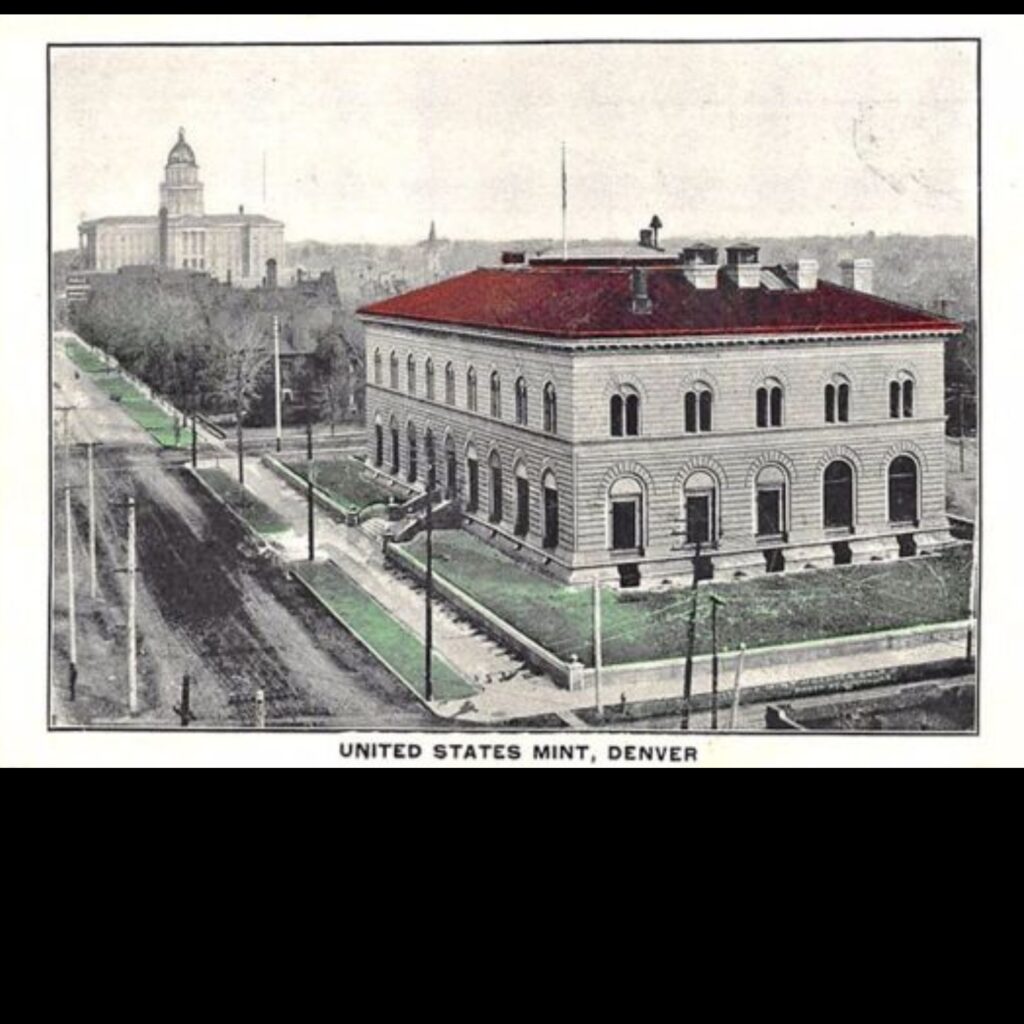
The bill to place a branch mint in Denver was introduced and approved on April 21, 1862. The prior year Congress had created the Colorado Territory from the western section of Kansas. The first facility was established by the purchase of the Clark, Gruber & Co. bank building and private mint. Clear title to the property could not be established, as there was no land office at the time or registry, so it was determined that in this case, the land simply become the property of the government, and the agreed upon amount for the purchase was $25,000. Initial functions of the mint did not include striking coins, and they stuck to melting, refining, assaying, storage, and stamping bars for official weight and fineness.
Numerous factors, including but not limited to excessive transportation expenses, long dangerous travel routes, and geographical location, led to the commonsense conclusion that the Denver branch should be striking coinage. Denver was the metropolitan city of the mining region of the United States, and on February 20, 1895, Congress passed legislation to construct a new building for the production of coinage of gold and silver. The new four-story, 70,000 square foot facility was elegantly constructed out of granite and marble (as pictured), and as part of a public ceremony on February 1, 1906, the very first coins were struck. In the first year, silver dimes, quarters, half dollars and gold half eagles, eagles and double eagles were struck. The facility was state of the art and handled contracts with various foreign countries, with 4.8 million five-peso Mexican gold coins being the most common. Upon the closure of the New Orleans mint in 1909, operations were ramped up in Denver. The first cents were produced in 1911, and the first nickels in 1912. In 1918, the Mint turned out 115,000,000 coins, tripling the amount of any previous fiscal year. As the world war began, the demand for the cent became huge, as wartime taxes created odd retail pricing. Production became so great, that storage actually became a problem, necessitating the basement being converted into a vault.
The Denver Mint has a long, rich history, now spanning 162 years to date, beginning during the civil war, and surviving global altering eras, such as World War 1, the Great Depression, World War 2, etc. Tours for visitors are available and encouraged. Security is tight, and no, no free samples are given out.
New Orleans Mint, 1838 – 1909
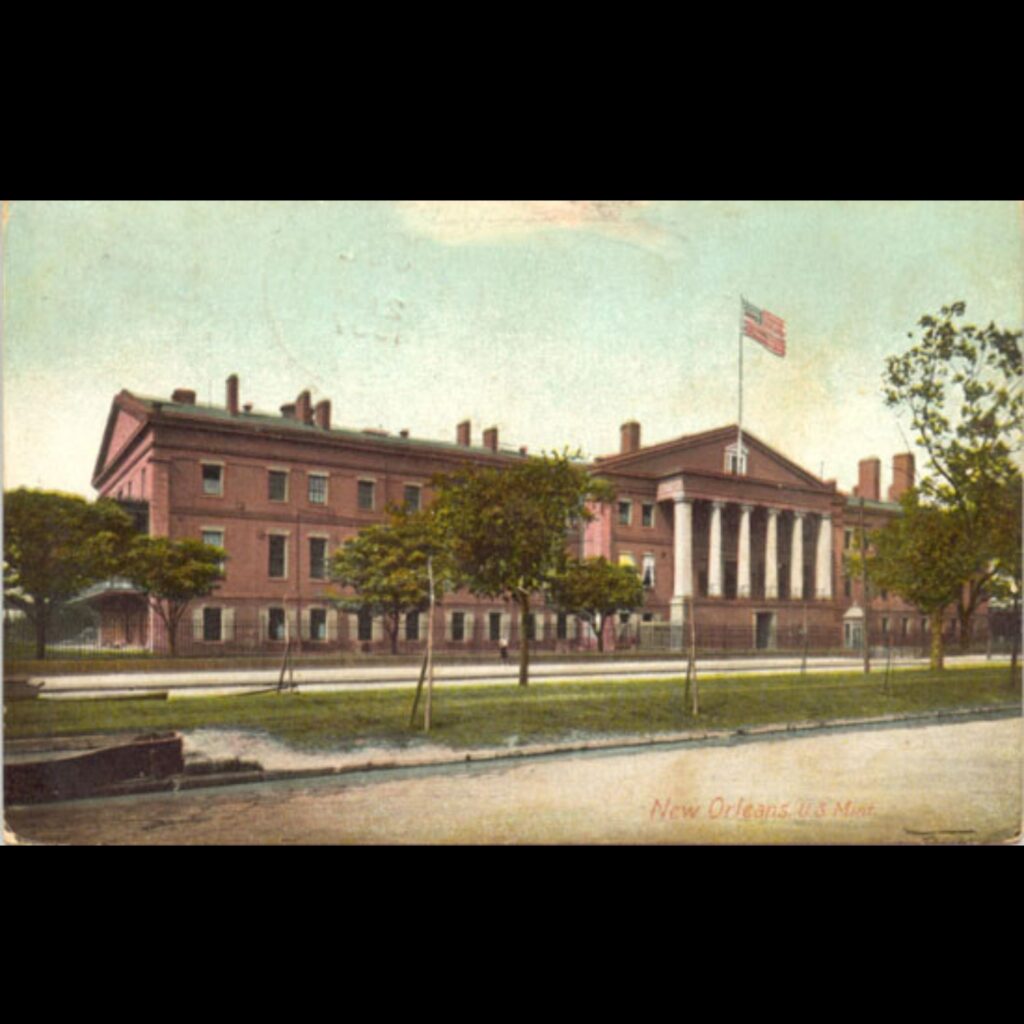
New Orleans was the leading port of the south, and a great depot for commerce in general. Prevailing sentiment was that the implementation of a mint branch in the city would be a boon for the economy. The Mint Act of March 3, 1835, ratified such expansion, and on May 7, 1838, the first coinage at the historic mint rolled off the production line. The facility had a very bumpy beginning, due to poor decisions on the selection of low-lying land on which the mint was erected, known as Jackson Square at the time, compounded by hiring subpar construction companies to do the actual work, high costs in revamping the mistakes made and high operational costs. Production at the mint was suspended on August 17, 1839, based on accusations of officers debasing the coinage by adding too much alloy, infighting and irregularities concerning deposits, and out of control expenses. The facility paid $52,000 in worker salaries, and only produced $40,243 in coins. Cholera spread through the city, killing a number of key workers at the branch. Operations eventually smoothed out, and business finally became profitable. The branch handled large quantities of foreign gold, which came in all forms, such as coins, dust, old jewelry and bars. The mint had a record year in 1851, producing coinage totaling $10,122,000, mostly from California gold which arrived by ship. However, structural issues plagued the branch throughout its lifetime, and it became evident that routine repairs were going to be continuous.
The Civil War marked a tumultuous era for the southern mints, and on January 26, 1861, Louisiana seceded from the union, having the state take control of the mint until March 31, at which time control was transferred to the Confederacy. The occupation was short lived however, as Union forces retook control of the mint on May 1, 1862. With the dies for coinage being either destroyed or defaced, along with the threat of Confederate attack, the New Orleans Mint ceased production, and essentially became an unoccupied building from 1862 into the 1870s. Eventually coin striking recommenced in New Orleans, however scandals, legal battles between the Federal Government and the City of New Orleans over ownership of the land, silver and gold shortages, and untenable cost and efficiency problems led to the demise of the branch mint. On April 1, 1909, the last coin was minted. Records indicate that over the lifetime of the New Orleans mint branch, a total of $298,660,707.60 in coins were produced, of which only $48,704,172.50 was in gold. Today the building serves as the Louisiana State Museum, and operates exhibits for visitors.
Philadelphia Mint, 1792 – Date
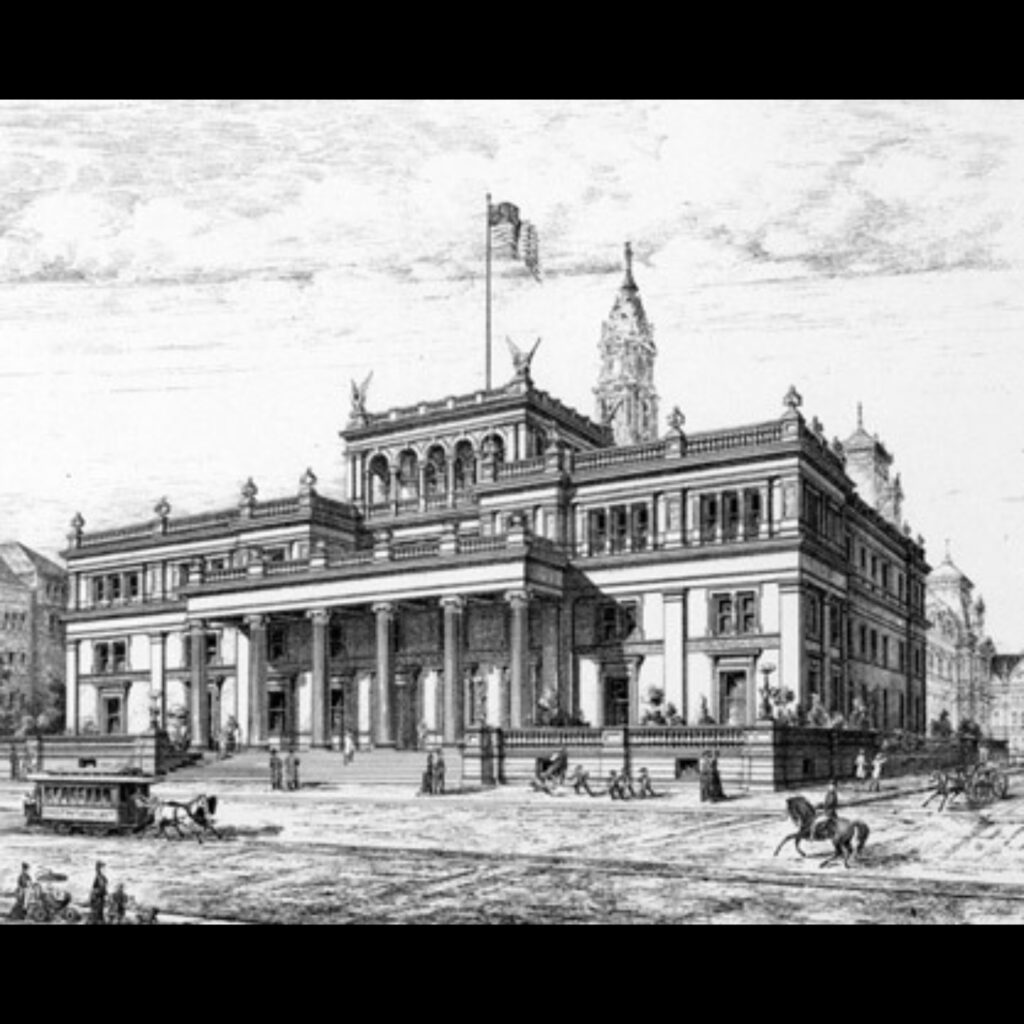
The Philadelphia Mint was the very first established mint in the United States and is still in operation today. President George Washington, in his first annual address to Congress, emphasized the importance of the establishment by saying “Uniformity in the currency, weights and measures of the United States is an object of great importance, and will, I am persuaded, be duly attended to”. The birth of a new nation raised many questions including: What should the nature of the money unit be? What would be the proper composition and proportion of silver and gold? How much of the expense be defrayed by the government? What would the denominations and sizes be? And, should foreign currency be accepted, and if so, at what exchange rate? Alexander Hamilton, the Secretary of the Treasury, established the U.S. dollar, and the decimal system based on it’s relationship with that core denomination. Also, in their pure form and weight, 15 units of silver shall be equal to 1 unit of gold. Copper, and other naturally occurring metals were also integrated into the monetary system, on its own, as well as mixed with the gold and silver to strengthen the coinage, as well as reduce wear. On March 3, 1791 the resolution was approved, and the “Mint Act” followed shortly thereafter on April 2, 1792, marking the legality and parameters of the new currency system. Philadelphia was the nation’s capital at the time, until 1800, and was the logical geographical choice for the location. The very first coinage struck was the half disme, or “half dime”, manufactured from silver provided by Thomas Jefferson. The land purchased for the location was an old distillery at North Sixth Street and Cherry Street. Demolition of the unwanted buildings followed, and the new mint was erected and commenced striking many of the base coinage needed for general circulation. The basic notion for the theme of the product would be “Liberty” on the obverse (front), silver and gold would have an eagle and connotation of “UNITED STATES OF AMERICA” on the reverse side, and copper coins would denote the denomination of the corresponding coin. Many trial and error practices ensued, equipment upgrades, etc. in order to fine tune the process and product manufactured. Many designs followed. As the Unites States was in its infancy, most silver and gold came from imported foreign coinage, as there were no significant domestic mines yet. Copper coins were the early mainstay of the mint, funding other expenses.
The detailed history of this historic institution is far too extensive to go into great detail in this summation, but time and practice eventually turned this mint into a well oiled machine and cornerstone of our country. Buildings and designs changed drastically over the decades and centuries, advances in technology followed alongside its development, and the growth and wealth of the nation spurred along the advancement of every aspect. In 2009, the touring exhibits for the public underwent dramatic upgrading, and today hosts approximately 250,000 visitors every year. High Relief coins, Collector’s Proofs, and 5 oz. America the Beautiful silver coins, are just a few of the most outstanding and beautiful examples of what is available today for purchase by the public. If you enjoy history and the evolution of coinage in America, the Philadelphia Mint is a MUST on your exploration of our gorgeous and prosperous nation.
San Francisco Mint, 1854 – Date
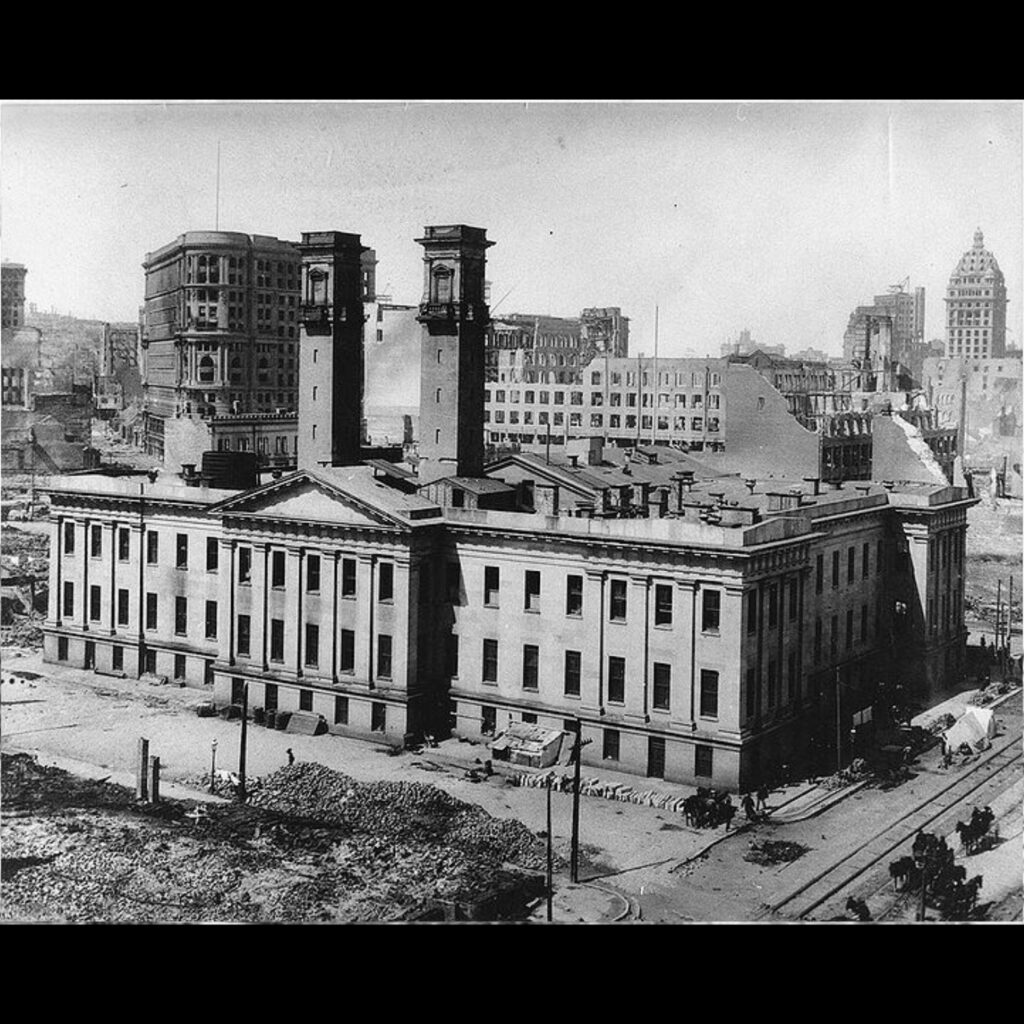
On the far western side of the booming colonization of the growing country, the San Francisco Mint originated with the United States Assay office being sold to the Treasury Department on December 4, 1853. On March 5, 1854, coinage dies arrived by way of clipper ships which sailed around Cape Horn from Philadelphia, where all dies were made. April 15, 1854 marked the manufacturing of the first coinage produced here, in the form of $20 gold pieces, or double eagles. Four days later, the quarter eagle ($2.50), half eagle ($5), and the eagle ($10) joined the first delivery of newly struck currency. Progress began slowly as the building was outdated, equipment was subpar, workers were underpaid, and working conditions were extremely hard. The Civil War, although mainly taking place in the eastern region of the country, sent ripple effects to every corner of colonization. Legal Tender Promissory Notes were available only at a sharp premium in the east, but traded at a deep discount in the west. Federal employee’s salaries were dispersed in the form of paper currency, meaning that in local commerce, what was $4 per day pay, only equaled to $1.50 in spending power. Employees were threatened with arrest if they did not go along with the arrangement. This occurrence quickly led to reports that a mass exodus of employees would occur, leading to rumors that the mint would shut down. This was quickly rectified however, and paper money salaries increased to offset the discrepancy. The output of the mint drastically increased in a short period of time, leading San Francisco to be the greatest manufactory of coinage in the nation, producing $20,000,000 in gold and silver a year, compared to $5,000,000 coined at all the other mints combined, including the parent Mint in Philadelphia. The California gold rush cannot be overlooked as the major factor of this prosperity. The second upgraded facility existed between 1874 – 1937. In the 1890’s, numismatic values began to gain attention, and people started paying much closer attention to mintmarks, populations, etc. that would greatly affect the collectible value of the specimens. The 1894-S Dime is a prime example, as initial research indicated that they did not exist, but further investigation concluded that 24 specimens were struck in 1894 and 1895. Today, one of these rarities can garner a price in the neighborhood of $2,000,000. This one example illustrates the extreme broad effect of historical coin collecting, and is applicable across the board in the entire industry of precious metals. The third and current San Francisco Mint was constructed in 1937, due to the depression era in which government encouraged municipal and federal construction projects. The San Francisco Mint has survived the test of time, and is one of only four mints in operation today, along with the Philadelphia Mint, Denver Mint, and the modern West Point Mint.
West Point Mint, 1984 – Date
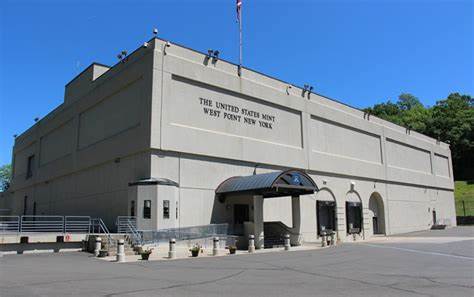
The West Point Mint struck its first coinage during a special ceremony on September 13, 1983. The coins were $10 gold pieces, marked 1984-W. Although this date marks the beginning of coin striking at the facility, the institution has been in existence since June of 1938 as a depository for silver bullion. Fort Knox, Kentucky served as a secure facility for most of the nation’s gold reserves. Coins were melted down by the millions, many dating between 1850 through 1933, when Franklin Roosevelt took the country off the gold standard, and made it illegal for private citizens to own them, forcing people to surrender their assets. Today, West Point is second only to Fort Knox in the amount of housed precious metals, containing one quarter of the nation’s reserves. The “W” mintmark was the first new mintmark since the Denver Mint struck its first coins in 1906. Many varieties of products have been produced here, such as commemorative coins, and a 5 year program of gold medallions of American Arts, from 1980 to 1984 and replaced by the American Eagle bullion program. The Platinum Eagle Program has been very popular, beginning in 1997. There are no public tours allowed at this facility. Today, all American Eagle proof and uncirculated coins of gold, silver, platinum and palladium are produced here, along with all gold commemoratives and a few silver commemoratives. The physical address of the building is not listed, being withheld by the National Park Service.
